Artist and author
In this spirit, Moore’s approach at Est-Nord-Est was based on routines that she imposed on herself to facilitate the adaptation of her companion animal to this new environment. Many of the materials she used were gathered during walks with her dog. She harvested crumbs of reflective paint, the remains of the canopy from an abandoned building, insulation paper from a demolition site, and tiny pieces of plastic detritus. She was interested in these “ultimate materials,” impossible to process but still polluting, even toxic, which she amalgamated with her own household or studio trash: a broken sieve, bits of cardboard, empty beer cans, cigarette butts. Her approach cannot be summarized, however, as today’s common practice of “upcycling.” This refuse remained what it was: garbage that encumbers daily life. Moore thus took a transversal look at our consumption habits and our immediate living environment.
Exploring this same proximity, Moore also conducted an almost-scientific experiment on the effect of antiseptic gel on the thermosensitive paper of cash receipts. The contact of bisphenol A, the reactive agent in this kind of paper, with the disinfectant increases its absorption by the body. An endocrine disruptor, bisphenol A presents a risk to the human body. On her studio table, Moore presented stained cash receipts that she had accumulated during the pandemic. Their familiarity, along with that of the repeated gesture of hand washing, was striking. They alerted us to our recurrent close contact with synthetic materials and our body’s porosity to them. Like her work with residues, this artistic gesture was aimed at making us aware of the unnoticed accumulation of residual materials in daily life and highlighting the modes of consumption and production involved their growing use.
Discover
Newsletter
Keep up to date with the latest news!




